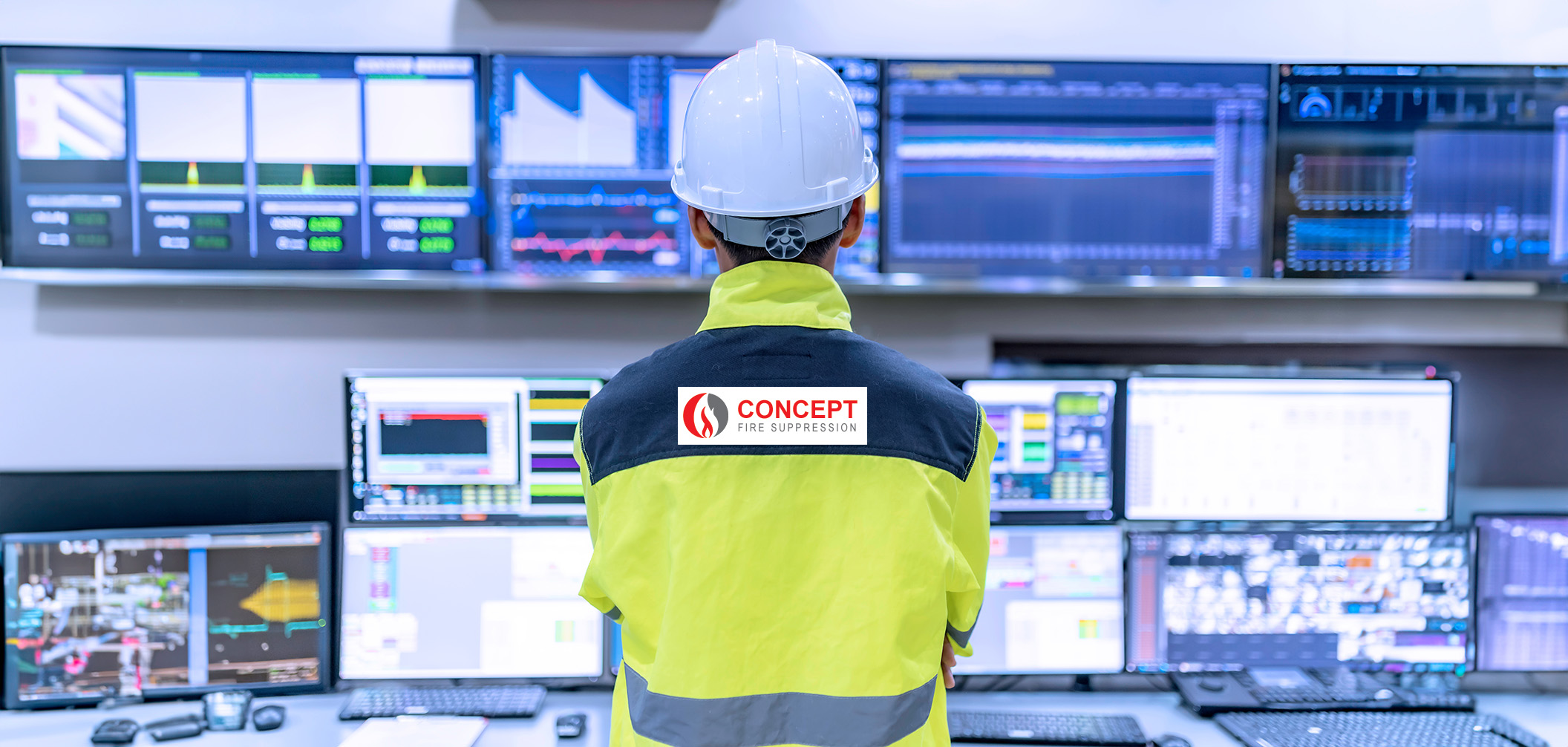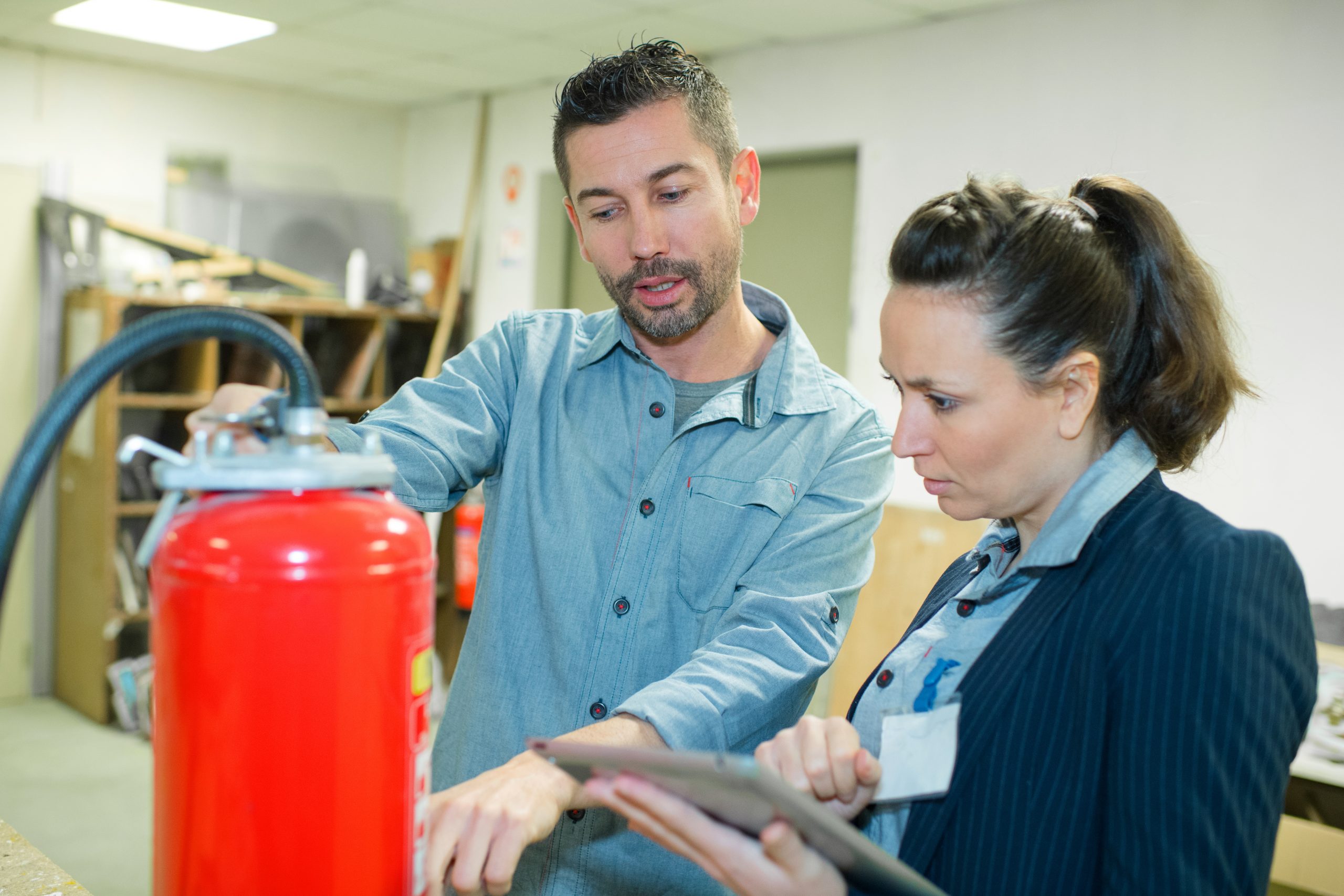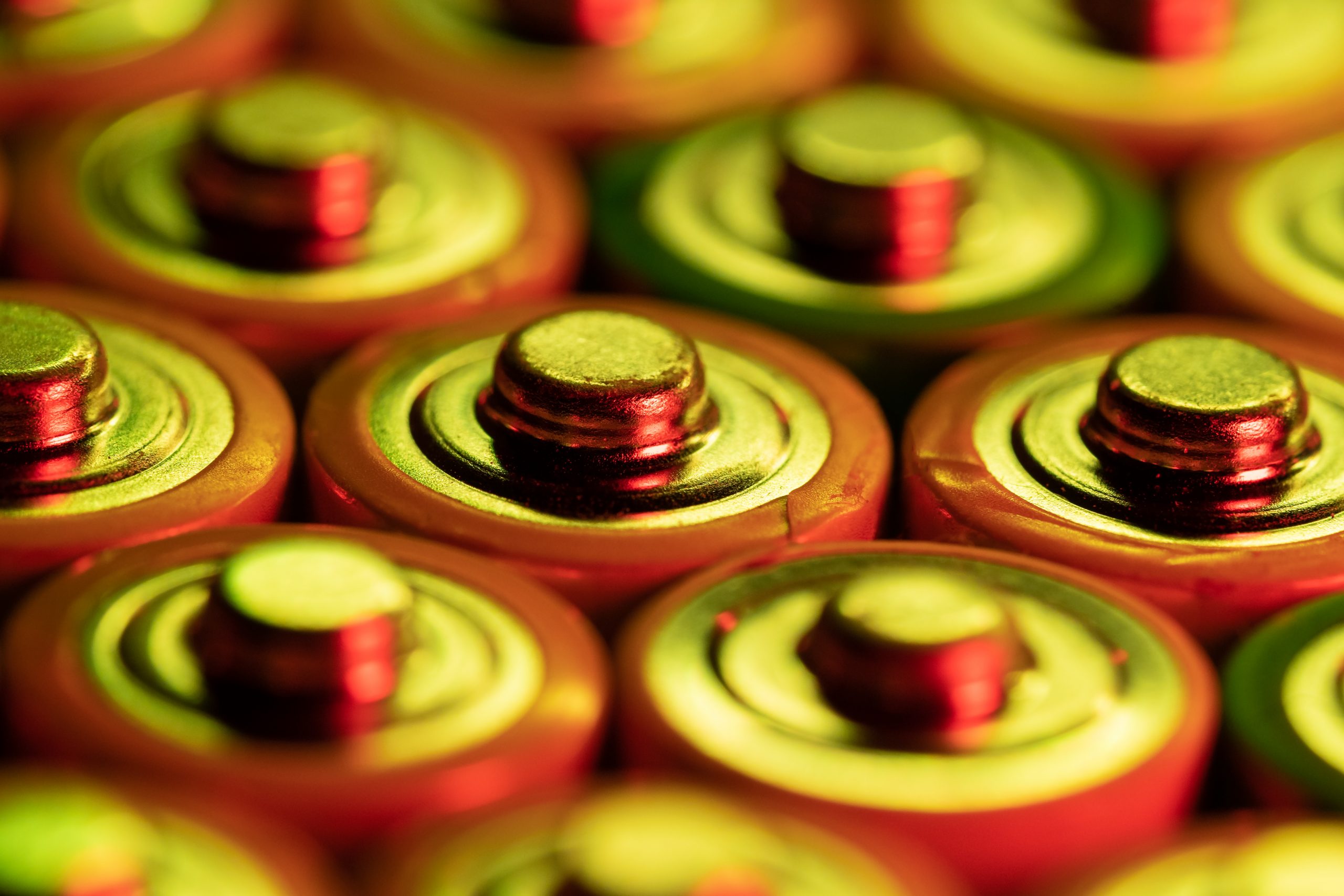9. Understanding Fire Suppression Agents: From Water to Clean Agents
Fire suppression agents play a critical role in extinguishing fires and preventing their re-ignition. From traditional water-based solutions to advanced clean agents, understanding the characteristics and applications of different fire suppression agents is essential for effective fire safety planning. Let’s explore some common fire suppression agents and their properties:
1. Water:
– Water is the most widely used fire suppression agent due to its abundance and effectiveness in cooling and extinguishing fires. It absorbs heat from the fire, lowering the temperature and limiting the fire’s growth. Water-based systems, such as sprinklers, are suitable for a broad range of applications, including residential, commercial, and industrial settings.
2. Foam:
– Foam agents are commonly used in Class B fires involving flammable liquids. Foam forms a blanket on the fuel surface, preventing the release of flammable vapors and suppressing the fire. It also provides a cooling effect and helps to prevent re-ignition. Foam suppression systems are frequently employed in industrial facilities, aircraft hangars, and fuel storage areas.
3. Dry Chemicals:
– Dry chemical agents, such as ABC or BC powders, are effective in suppressing Class A, B, and C fires. These powders interrupt the chemical reaction of the fire, smothering it and preventing re-ignition. Dry chemical systems are versatile and widely used in commercial buildings, vehicles, and industrial settings.
4. Clean Agents:
– Clean agents are gaseous-based fire suppression agents that do not leave residue after deployment. They are ideal for protecting sensitive equipment, valuable assets, and areas where water damage is a concern. Some common clean agents include:
– Halocarbon Agents: Halocarbon-based agents, such as FM-200 or Novec 1230, are environmentally friendly and effective in suppressing Class A, B, and C fires. They extinguish fires by removing heat and interrupting the chemical chain reaction, without leaving residue or causing harm to occupants.
– Inert Gases: Inert gases, like nitrogen or argon, work by displacing oxygen in the fire environment, reducing the oxygen concentration to a level where combustion cannot be sustained. Inert gas systems are commonly used in areas where quick suppression is essential, such as data centers, control rooms, and archives.
Each fire suppression agent has specific properties, application guidelines, and limitations. When designing a fire suppression system, factors such as the type of fire hazards, the presence of sensitive equipment or valuable assets, and environmental considerations should be carefully evaluated.
It is crucial to work with fire suppression specialists who can assess your specific needs, recommend the most appropriate agent, and ensure compliance with relevant regulations and standards.
In the next section, we will explore the components that make up a fire suppression system, shedding light on the essential elements that contribute to its functionality and reliability. Stay with us as we continue our journey through the world of fire suppression and its vital role in safeguarding lives and property.
To go back and read again 8. Gas-Based Fire Suppression: Smothering Fires Safely or to go forwards go to 10. Components of a Fire Suppression System: Key Elements Explained you will have to wait until tomorrow.
If you have any queries please contact us now!







